As a strength and conditioning coach, I deal with athletes coming from all different backgrounds and playing all different sports. That’s why I want to break down sport specific speed training.
When teaching speed development, we often work on acceleration and top speed.
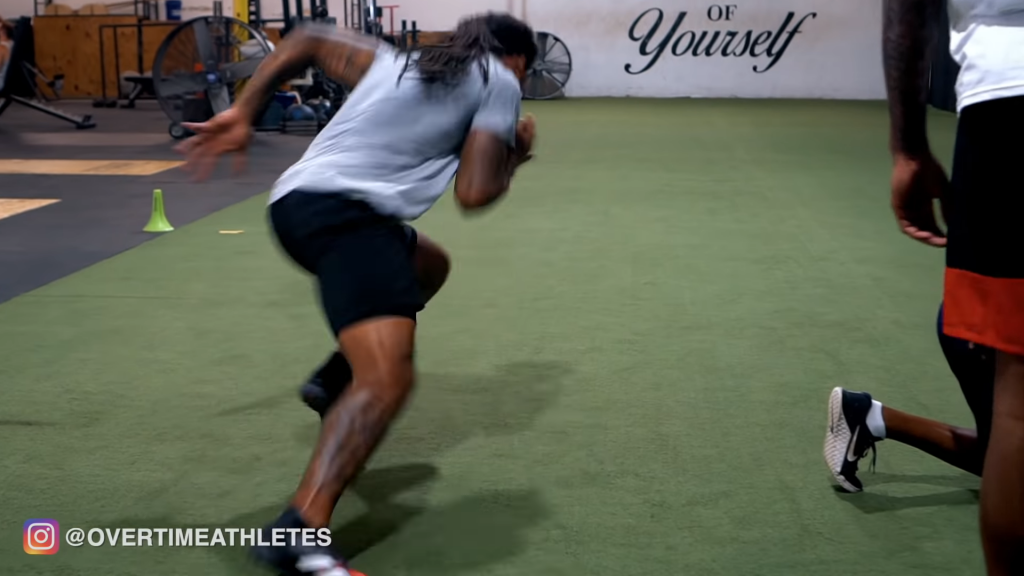
Our inclination is to believe these things will automatically transfer from training and relate to whatever sport one is playing.
While this is typically NOT the case, when it does come together for someone – it shows.
In order to truly get an athlete faster on the field or court, they’ll need to spend a lot of time training for maximum force production, as well as mechanics.
Whatever the sport – football, basketball, baseball, etc, There’s one element I focus on throughout a final training phase which makes all the difference:
I incorporate sport-specific speed training.
Here’s where I’ll take extra time to program an athletes speed training so that it transfers over to their actual sport.
For example I have a baseball player whose job during a game is to steal second base. During training, I want to teach acceleration in such a way that they’re able to use those same mechanics when stealing second in the game.
Staying sport specific, another example could be with a defensive back. Our focus here is about getting them in the right position to reap the benefits of an acceleration phase.
So what does that look like?
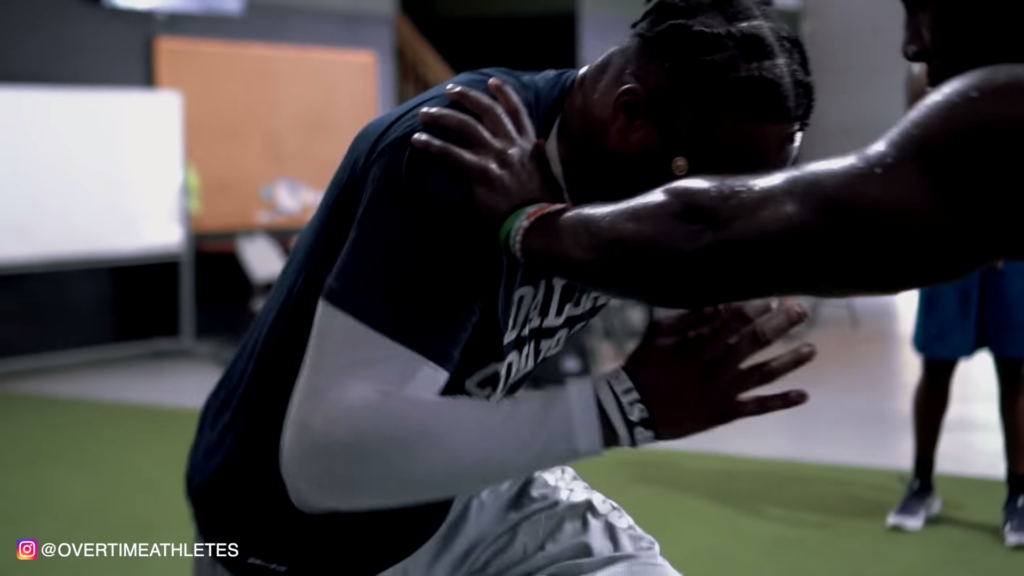
Picture this. A DB spends a lot of time facing wide receivers. This means their first move is going to be backwards.
Whether it’s a flip of the hips or a quick back pedal off the line of scrimmage, I want them hitting all the right parts of acceleration.
What’s the acceleration phase?
Acceleration means we’re going from a dead stop to top speed as fast as we positively can.
To make the most out of this phase you’ll want to create positive shin angles and a positive torso angle (I’ll go over this soon).
If you think you can just teach acceleration drills and send a guy off to go play, you’re missing out on some key elements which are best incorporated before the season.
We focus on a couple different sport-specific speed drills that can make a dramatic difference in your training. Since we already got into it about a defensive back I’ll stick with this position for now.
HIP FLIP / CHANGE OF DIRECTION
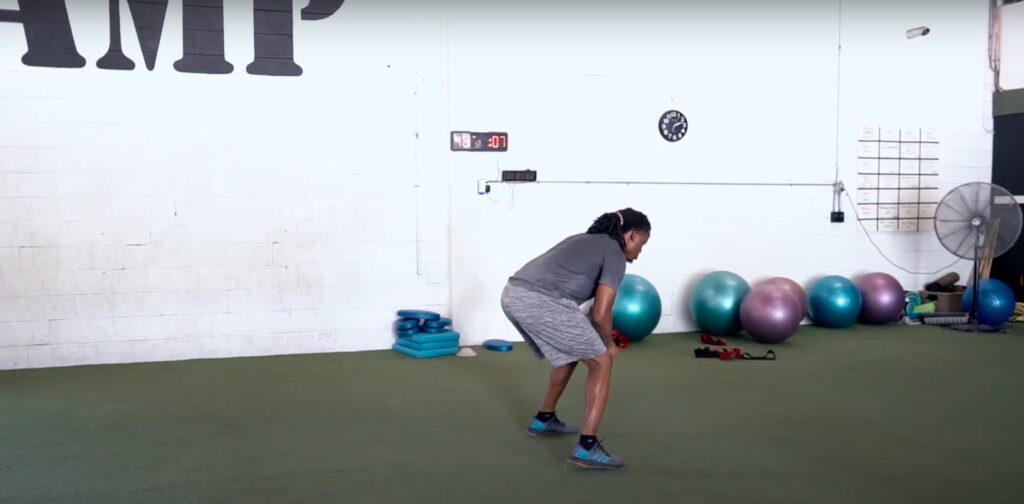
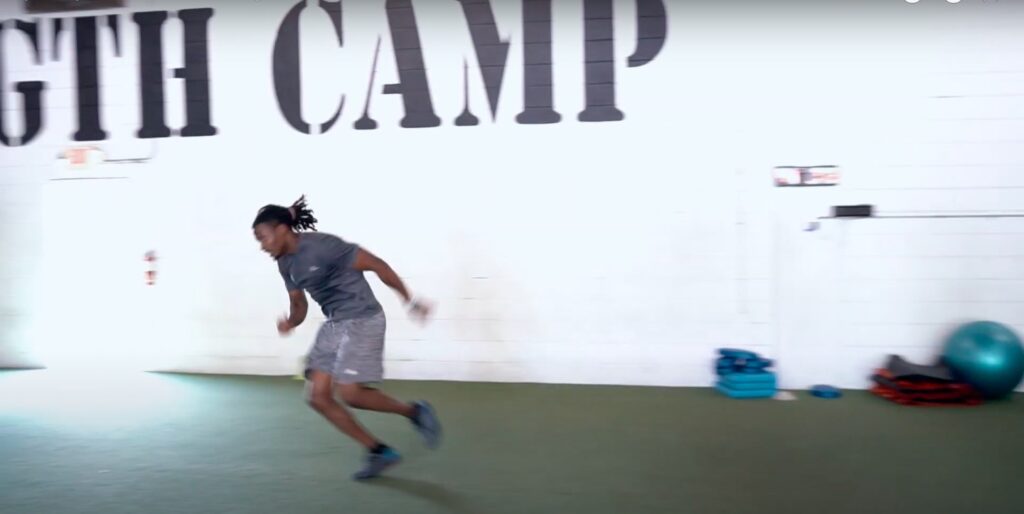
I like to use this drill as a basic means to watch how an athlete moves and changes direction. If they already have good turnover and are getting into their acceleration phase quickly, I won’t change much.
Rather than only ever training for speed in a linear takeoff, create game-like situations and movement patterns so they learn to enter top speed, faster.
Here’s a few variations of the Hip Flip
Reaction
- You’ll begin in a static position with the hips back and shoulders out in front.
- On command, you’ll flip the hips for a change of direction into your acceleration.
- Maintain a tucked chin for the first two yards as you begin running. Then you can start to take off like you’re running with someone.
Backpedal
- Again you’ll begin in a static position with the hips back and shoulders in front.
- With the arms relaxed by your side, on command you’ll backpedal for 3-4 steps.
- Quickly flip the hips, keeping the eyes down for the first two yards.
- Finally accelerate into top speed.
You can apply this drill to almost any sport.
Football and basketball with a quick change of direction, or a baseball player taking off after a hit. These are the 11 best acceleration drills for athletes.
POSITIVE SHIN ANGLE AND TORSO ANGLE
It’s within the first two yards that I’m really looking for proper acceleration mechanics. We create a positive shin angle by powerfully driving the foot down into the ground propelling the torso forwards.
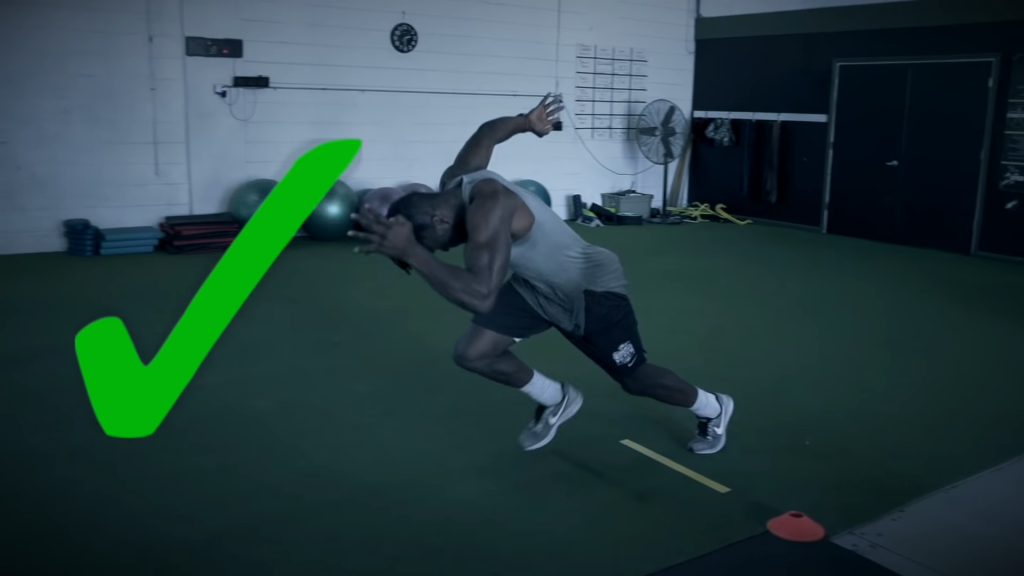
Depending on the athlete, this usually indicates that one is hitting top speed.
Baseball:
For my base runners, after just hitting a ball the torso will already be upright. It’s pointless to teach acceleration if you’re not working on how to accelerate after a hit.
This could mean incorporating a twisting movement prior to your takeoff. Be sure to begin with an elevated torso like you would have after hitting to really begin training out of this position.
Basketball:
Say it’s a jailbreak drill or the ball was stolen during play. You’ll want to use the same hip fip drill so you get into acceleration as fast as possible and recover.
For basketball, you can add a vertical jump element prior to your takeoff.
Once you land, twist the hips to change direction. Keeping your eyes locked on the ground for your first two yards, accelerate then lift up and take off.
THE SPEED SYSTEM
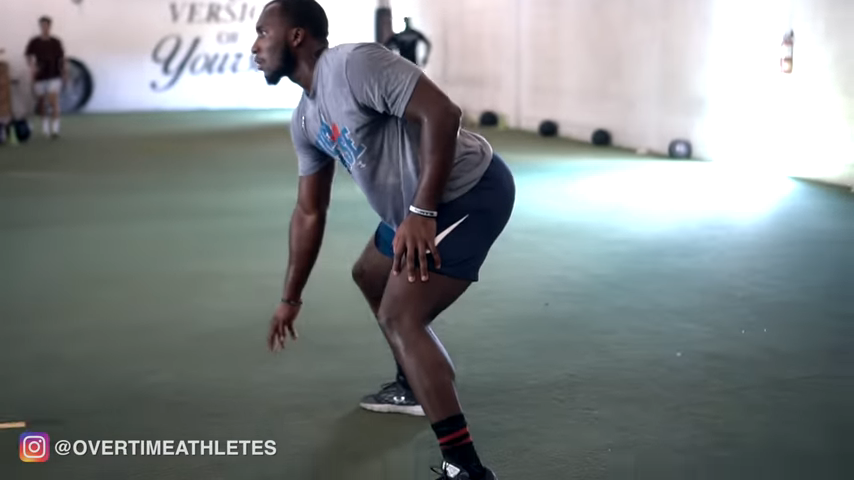
Getting faster in the gym is all about getting faster in the way you play out on the court or field.
Try incorporating sport specific speed drills into your training to watch your hard work in the weight-room come alive during your next play.
For more acceleration drills and sport specific speed training check out the Athletic Speed System.
Discover the power of a well-designed speed program, used by elite athletes around the world.
I know you’re looking to get quicker, check it out for yourself: